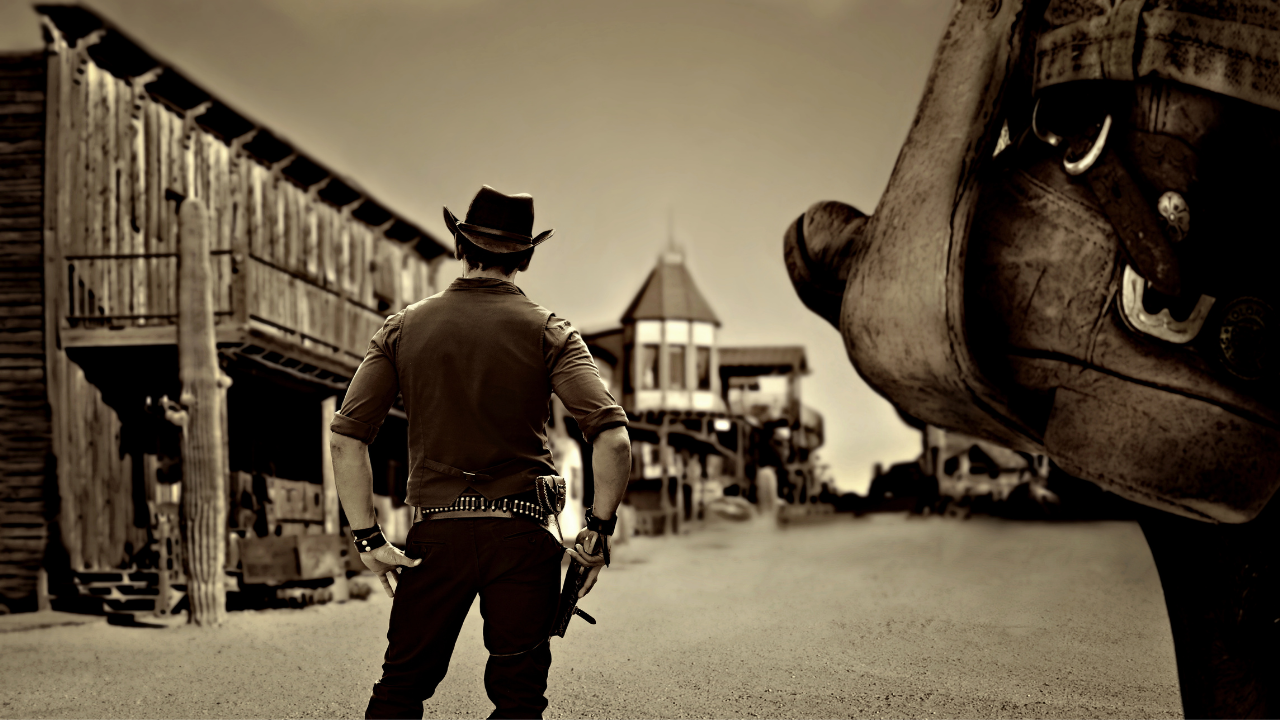path of the storyteller / blog
Top ten NaNoWriMo tips (they’re not just for November)
My top ten tips for winning at NaNoWriMo are good all year round.
More than the falling leaves, more than bags of leftover candy, more than the vast, strange displays of decorative gourds everywhere you look—nothing says November more than flocks of writers head-down, scribbling madly to meet daily word count goals as if their very lives depended on it.
Yes, storytellers—it’s NaNoWriMo season! National Novel Writing Month is here again.
I’m all for anything that gets writers’ creative juices flowing. In today’s livestream I’m offering my top ten tips for having a fun and productive NaNoWriMo. But these tips don’t only apply in November. Think of them as all-weather advice for managing your creative energies.
Whether or not you’re sprinting through a draft this month, I think you’ll find these tips useful. Leave a comment below and let me know!
marathon

I’ve often said to my students: The biggest hurdle we writers face is not mastering the craft, or navigating the industry, or even finding the time and money to carry on writing.
Those are all real challenges, for sure. But they’re not the ones that threaten to scuttle the ship.
No. The biggest hurdle is managing our anxiety about the work. The inner monologue goes something like this:
Is it good? Am I good? Or at least, good enough? Will this be the book that gets finished? Will this be the one that lands me an agent? Will this be one that breaks out? Am I doing this writer thing right? Should I even be doing it at all?
The list goes on. Writers never seem to get writer’s block when it comes to penning words of self-doubt and second-guessing.
Why so? It’s a big question. Here’s my short answer: The very nature of writing simulates consciousness. The voice in my head that feels like "me” finds expression in the words on the page that are also, somehow, me.
This makes the whole e...
dirty dishes

Writing is a paradoxical pursuit. It requires us to be wildly, freely imaginative, and meticulously disciplined about how we express those imaginings.
It sounds like the old rubbing-your-tummy-while-patting-your-head-trick. Luckily, we don’t have to do those jobs at same time. There is the drafting hat, and there is the revising hat.
When we’ve got the drafting hat on, we must (must!) drop our attachment to writing drafts that are "good.” We must suspend judgment and be willing to spew raw matter onto the page. We must do quite a bit of this, to sniff out the character and her need, and unearth the shape of the story we want to tell. Much of our drafting will take place in this freewheeling mode of discovery.
I call it the messy mudpie stage. A writer should stay in this mode for as long as she needs to be there. But at some point during the first draft, or perhaps after it’s complete, it’s time to take off the mud-splattered art smock and put on a lab coat.
Instead of drafting fr...
shootout at the corral

You know I love a good pithy saying. Here’s one I made up, just for you: Good books get read; great books get reread.
Think of the books on your shelves. Most of them you’ll read once, but the ones you absolutely love you will surely read again and again.
A great book is a friend for life. The better you know it, the more you love to reread it — and you can take that as proof that great storytelling does not depend on keeping secrets from the reader.
A common authorial misstep is to conceal the hero’s true mission from the reader.
Why do this? These authors mistakenly assume that secrecy equals suspense. They hope that the reader will keep reading in order to find out what’s really going on.
It’s a false hope, alas. The reader keeps reading to find out not what the climactic scene of the plot is, but how that scene turns out.
Will the Wizard help Dorothy get home to Kansas? Will Katniss survive the Hunger Games? Will Bilbo prevail when he finally comes face to face with the dr...
the practice of writing

“How do you get to Carnegie Hall?” It’s an old joke, and the punchline, of course, is “practice!”
“Head north on Broadway and make a right on 57th Street” is also a correct answer, but it limits itself to physical circumstances only. Such literal-minded directions might get you to the door of the building, but they won't make you a world-class player. Only many, many hours of tush-on-bench with guidance from a worthy instructor will achieve that outcome.
My ruminations yesterday about story energy are the fruits of a lifelong practice in the storytelling arts. A mix of study, mentorship, and a huge volume of hands-on doing has served me well. To incline toward action is advice worth its weight in gold; if you don’t write a lot, your writing will not improve.
If your writing is not all you wish it were, that’s all the more reason to produce more of it. Write, write, write! Write straw today so you can spin it into gold tomorrow. The only way out is through.
As to where to find tho...
the exact middle

The Hobbit is one of my all time faves. (So is Jane Eyre, which I share as evidence that there’s no need to pigeonhole ourselves, as readers or writers.)
Tolkien’s masterpiece opens with a description of Bilbo Baggin’s home, which boasts a green door with a shiny yellow brass knob in the “exact middle.” The difference between “the middle” and “the exact middle” is everything you need to know about Bilbo Baggins. He is the Felix Unger of hobbits, and that one prissy detail foreshadows all the chaos, danger, and discomfort that is to come.
It’s what I call a detail that’s inflected with character. Inflected details are a subject for another post, but today I want to talk a bit more about middles, and not only middles — the middle of the middle. The exact middle.
In writer parlance, the midpoint.
Today is November 15th, and if you are NaNoWriMoing, you have reached the exact middle of the month. Whether you’ve reached the exact middle of your story I don’t know, but here’s what to th...
tgif

Whew! Sometimes life just feels RELENTLESS, am I right?
It’s what so many are experiencing in 2020, a year that keeps trying to top itself in terms of plot twists. We’re all the heroes of our own life stories, and this year has been a long, long, LONG second act.
Each day, we choose how to respond. We face challenges we may never have imagined. We soul-search and find the bedrock our true values. We take action, care for and console one another, grieve, fight, lead, make sacrifices, and (perhaps hardest of all), extend a hand of peace.
We make tough choices daily, under escalating pressure. And guess what? It’s exhausting.
It’s not easy being a hero, even a fictional one. The hero of your story is going through tough stuff, page after page. Your reader is along for the ride, and frankly they’re both going to want a break now and then.
Within your fictional hero’s journey, there must be moments for your protagonist to rest and regroup. Bilbo and the dwarves paused for a helpful ...
what’s wrong with you?

Tone is everything, isn’t it?
If I say “what’s wrong with you?” in a rude way, it implies both that I think there IS something wrong with you, and that I have an opinion about it!
Yet a different, warmer, more curious intonation might be an expression of care. I can see something's wrong, and I want to know more.
This kinder, gentler way is the stance we must take toward our protagonists. I like to call them heroes, for reasons that will be made clear as these tips progress. Protagonist, main character, hero — look, you know who I mean. Your story is bound to have one.
And whoever that hero is — something’s wrong. Something is drastically, urgently, things-can’t-go-on-like-this wrong.
It might be something obvious (your horrible uncle hates you and makes you live in a cupboard under the stair, oh and you're an orphan too, long story! ) — or more subtle (you don’t actually mind being a furry-toed homebody who only cares about social status and keeping your hobbit-hole tidy, but y...
the adventure begins

A blank page just brings out the graffiti artist in me. Put a mark on it, quick!
But here’s the thing: writing is not made out of marks on a page. It's not made out of letters, words, sentences, paragraphs.
Good writing is made out of story. Character. Emotion. Transformation.
In a well-told tale, there’s a palpable energetic shift as both hero and reader journey from where we are at the beginning to where we end up at the tale’s thrilling, surprising, yet inevitable conclusion.
An axis has shifted. The transformation is profound and irrevocable. This tale has taken both protagonist and reader on an adventure of meaningful change.
TODAY’S TIP: Words are easily tidied up in revisions. In a first draft, dig deep and discover what happens. Your hero’s adventure may be bigger, wilder, and deeper than it first appears. What is it?
Storytellers, start your engines!
taking the plunge

Sure, there’s STUFF going on this month. Big stuff. Election stuff, holiday stuff, pumpkin spice latte stuff.
But to those of us in the writer tribe, what November really means is NaNoWriMo.
I have several thoughts to share about NaNoWriMo.
- It is fun to say. Good writing trips off the tongue, and the folks who came up with National Novel Writing Month did a fine job with this adorable nickname.
- Commitment is where it's at. Creating space for writers to just GO FOR IT, make a mad sprint, urge each other on, find some consistency in the old writing practice and basically throw caution to the winds is all fantastic. We can't take ourselves too seriously when hurtling forward at breakneck pace. The goal is keep going as fast as you can without tumbling face-first in the Zoomsgiving pie.
- Your first draft will be a hot, super-hot, gorgeous hot mess. Laugh! Celebrate! Kiss those sticky cheeks and put it in a drawer. December you should take off and tend to cookie baking, binge-watchin ...


